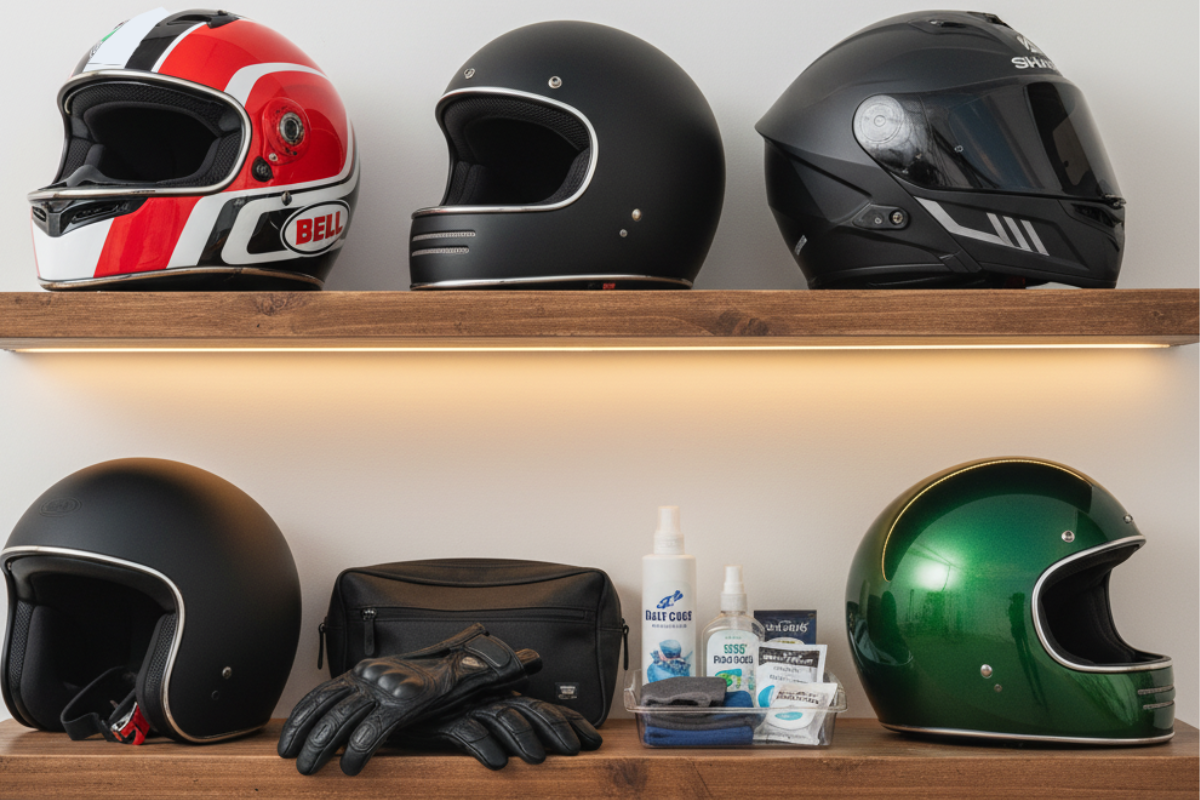Motorcycle Safety Tips: How to Perform an Emergency Stop
Riding a motorcycle is an exhilarating experience, a feeling of freedom that's hard to beat. But with that freedom comes a significant responsibility, especially when it comes to safety. One of the most critical skills you can master as a rider is the emergency stop. It's not about if you'll need it, but when. A sudden obstacle, an unexpected turn, or another vehicle's mistake can put you in a situation where you need to stop now. This blog post will break down how to perform an emergency stop safely and effectively, potentially saving you from a serious accident.
Why is an Emergency Stop So Important?
Imagine cruising down a scenic road, enjoying the wind in your face, when suddenly a car pulls out in front of you. Or perhaps a deer jumps onto the road. In these moments, hesitation can be catastrophic. An emergency stop is about maximizing your braking power in the shortest possible distance, all while maintaining control of your bike. It's a skill that needs to be practiced until it becomes second nature.

The Fundamentals: Understanding Your Brakes
Before we dive into the technique, let's quickly review your bike's braking system:
-
Front Brake: This is your powerhouse. The front brake provides about 70-80% of your total braking power. It's crucial for effective stopping.
-
Rear Brake: While less powerful, the rear brake helps stabilize the bike during braking and contributes to stopping power, especially at lower speeds.
The key to an emergency stop is to use both brakes effectively and simultaneously, without locking up either wheel.
Step-by-Step: Performing an Emergency Stop
Here's a breakdown of the technique:
1. Stay Calm and Focused: Your first reaction might be panic. Take a deep breath (or try to!). Look where you want to go, not at the obstacle. Your bike tends to follow your gaze.
2. Apply the Front Brake Firmly and Progressively: This is the most critical step. With your right hand, squeeze the front brake lever firmly but progressively. Don't grab it like you're crushing a soda can. Start with a firm squeeze and increase pressure smoothly. As the weight of the bike shifts forward, your front tire will gain more grip, allowing you to apply even more pressure.
3. Apply the Rear Brake Lightly but Firmly: Simultaneously with the front brake, press down on the rear brake pedal with your right foot. The rear brake's role is to help settle the bike and contribute to stopping. Be careful not to press too hard, as the rear wheel can lock up more easily than the front. A locked rear wheel can lead to a skid, especially if you're turning.
4. Maintain a Straight Line: As you're braking, keep your motorcycle as upright and straight as possible. Any significant lean while emergency braking can drastically reduce your tire's available grip and lead to a slide.
5. Look Ahead and Be Ready to React: Once you've stopped, assess your surroundings. Is the danger still present? Are there other vehicles? Be prepared to move again if necessary.

Common Mistakes to Avoid:
-
Only Using the Rear Brake: This is a common beginner mistake. It significantly reduces your stopping power and can easily lead to a locked rear wheel and skid.
-
Grabbing the Front Brake Too Hard: While you need firm pressure, an immediate, violent grab of the front brake can lock the front wheel, leading to a loss of control and a potential fall. This is why progressive pressure is vital.
-
Looking Down at the Obstacle: As mentioned, your bike goes where you look. Look beyond the danger, towards your escape path or where you want to stop.
-
Not Practicing: This is arguably the biggest mistake. You wouldn't expect to run a marathon without training, so don't expect to perform a perfect emergency stop without practice.
Practice, Practice, Practice!

The only way to truly master the emergency stop is through consistent practice. Find a safe, open space like a large empty parking lot. Start at a low speed and gradually increase your speed as you become more confident. Focus on smooth, controlled application of both brakes. You'll feel the bike's weight shift, and you'll learn to modulate the pressure on both levers.
Remember, an emergency stop isn't just about stopping; it's about stopping safely and in control. By understanding the mechanics and practicing the technique, you'll be much better prepared to handle those unexpected moments on the road, ensuring many more years of enjoyable and safe riding.



